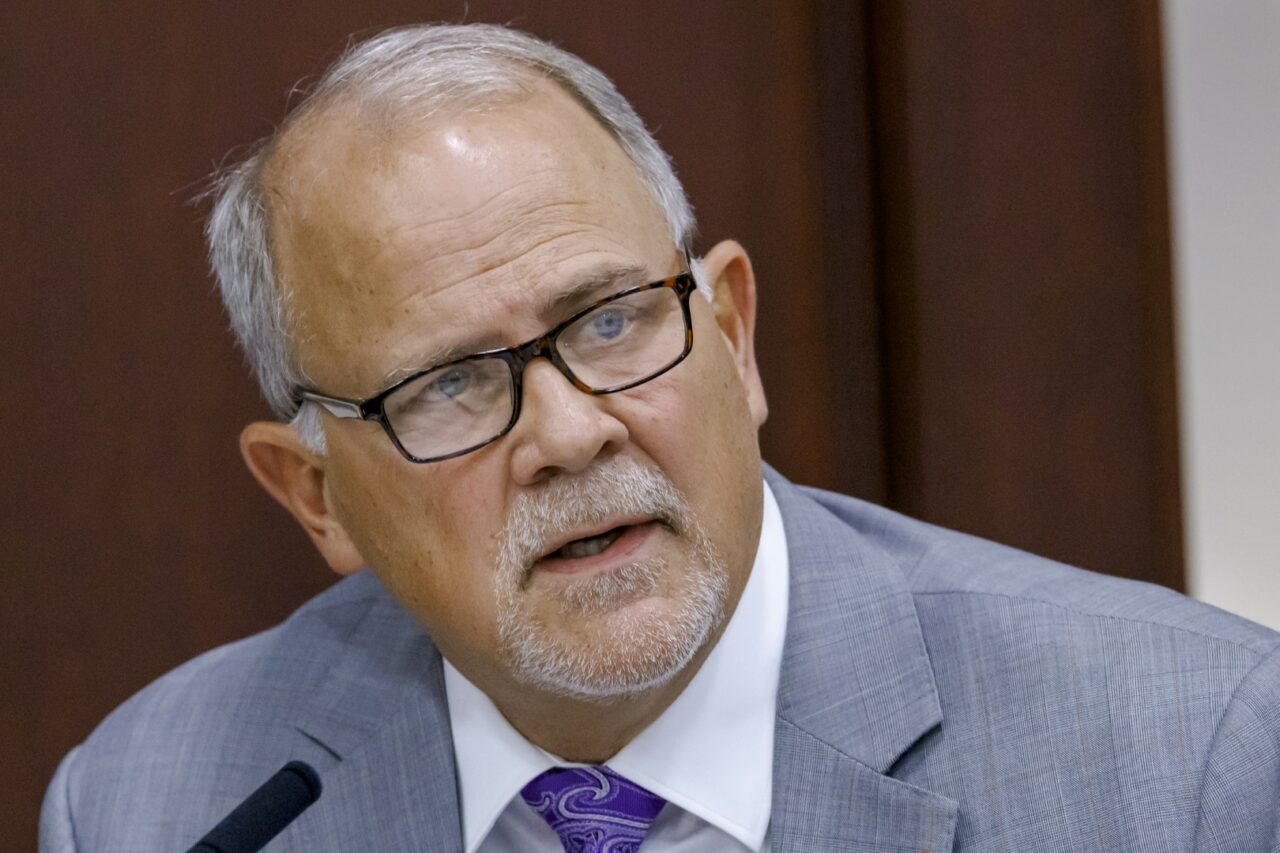
Members of the newly formed House Infrastructure Strategies Committee got all they wanted and then some this week as they learned of a small, yet complex and research-intensive effort of state government to plan for tomorrow’s natural disasters.
The committee and its three subcommittees are an effort of Speaker Paul Renner.
The goal of the annual assessments is to estimate the needed expenditures by all levels of government which are required to minimize the adverse economic effects of flooding in the state. The high-impact zone as determined by the project is all 35 coastal counties, with intermediate and dispersed zones not yet defined.
“This year, we focused on storm surge, we focused on flooding, and we focused on sea-level rise of 2 feet as the basis of our analysis,” said Amy Baker of the state Office of Economic and Demographic Research (EDR). “Within the high-impact zone, we also looked at what other critical facilities we had in there, and what’s the property types and values we have in that high-impact zone.”
EDR began annual infrastructure assessments around five years ago. Taking into account all 35 coastal counties, there’s about $3.1 trillion in property value in those high-risk areas. Coastal counties also account for more than 77% of the state’s gross domestic product (GDP). About a third of the state’s GDP is tied up in Southeast Florida counties, along with Monroe County, which are most at-risk.
With two feet of sea-level rise, there are more than 50 medical facilities at risk, along with eight schools and seven fire stations statewide.
“We also did the same analysis looking at storm surge associated with a hurricane, (Category) 5, and those same clusters of facilities — fire stations, schools and medical facilities,” Baker said. “Once again, you can see fire stations are very high-risk because of their location in these counties — the schools and the medical facilities, as well.”
The issue for a lot of structures in high-risk areas is accessibility, as roads get flooded out in low-lying areas.
“We’re starting to get a more nuanced picture of what’s at risk,” Brown said. “What’s also clear is the state may try to consider — which people have been talking about already — relocating some of the existing at-risk facilities, building future facilities further from the hazard areas.
“But because of those connecting route issues, transportation issues, we may also want to start developing alternative means of providing those critical services.”
Going forward, EDR staff can now manipulate the data to show particularly risky areas of counties, or if those risky areas expand into other counties. They’re also working on developing and defining the intermediate risk zone, and pulling in local resiliency plans.
It’s a lot to consider in one day’s committee meeting, which led Chairman Bobby Payne to suggest members take their reports and do some homework.
“A very complex and thorough report — I know that members, if you haven’t strapped on your seatbelts today, you understood that we would be digging very deep, as you saw,” said Payne, a Palatka Republican.
“I would encourage you to make sure you take this report and run through it. Ask questions, because there’s so much complexity here that we can’t absorb it all in a 45-minute window.”



